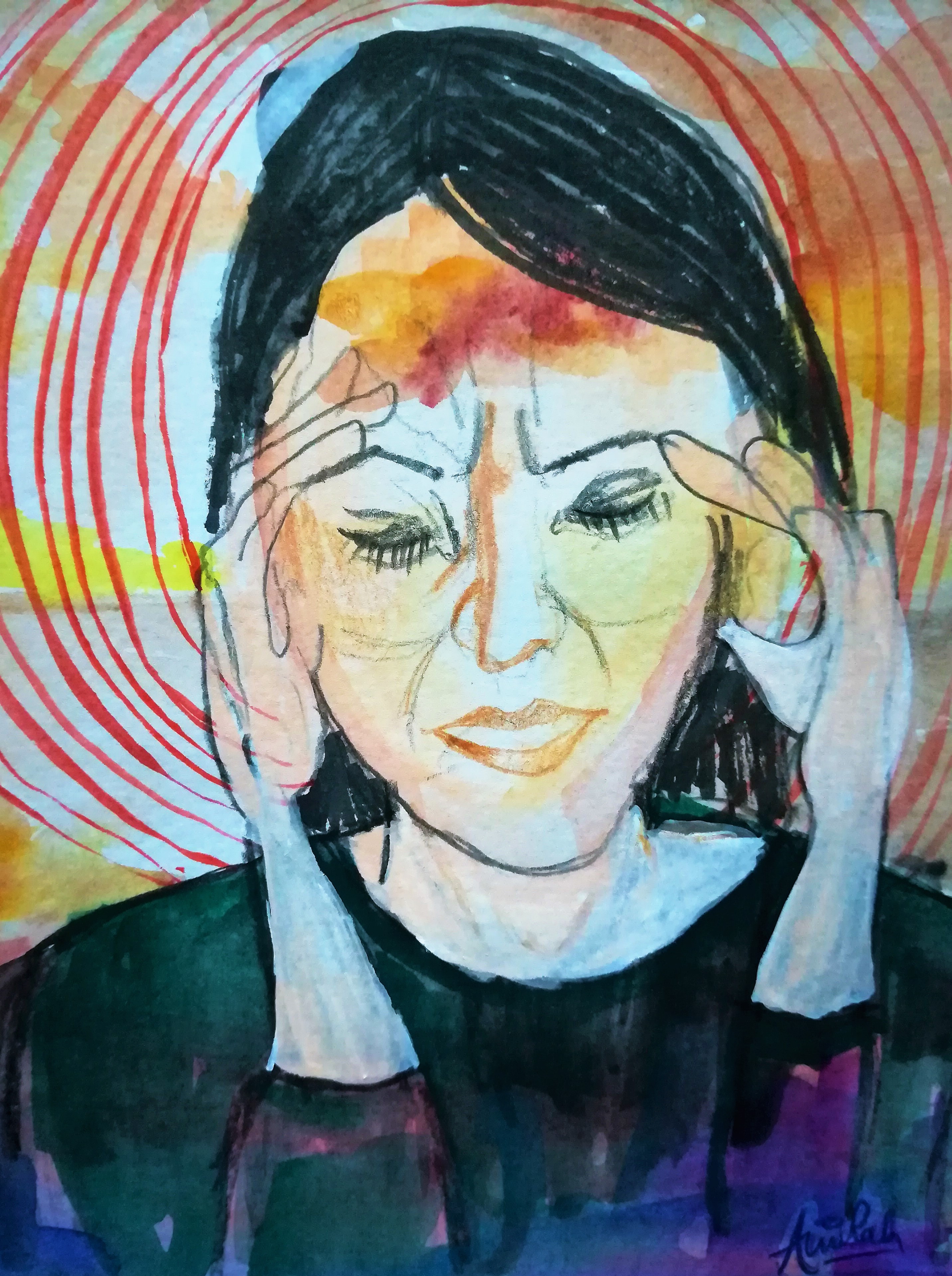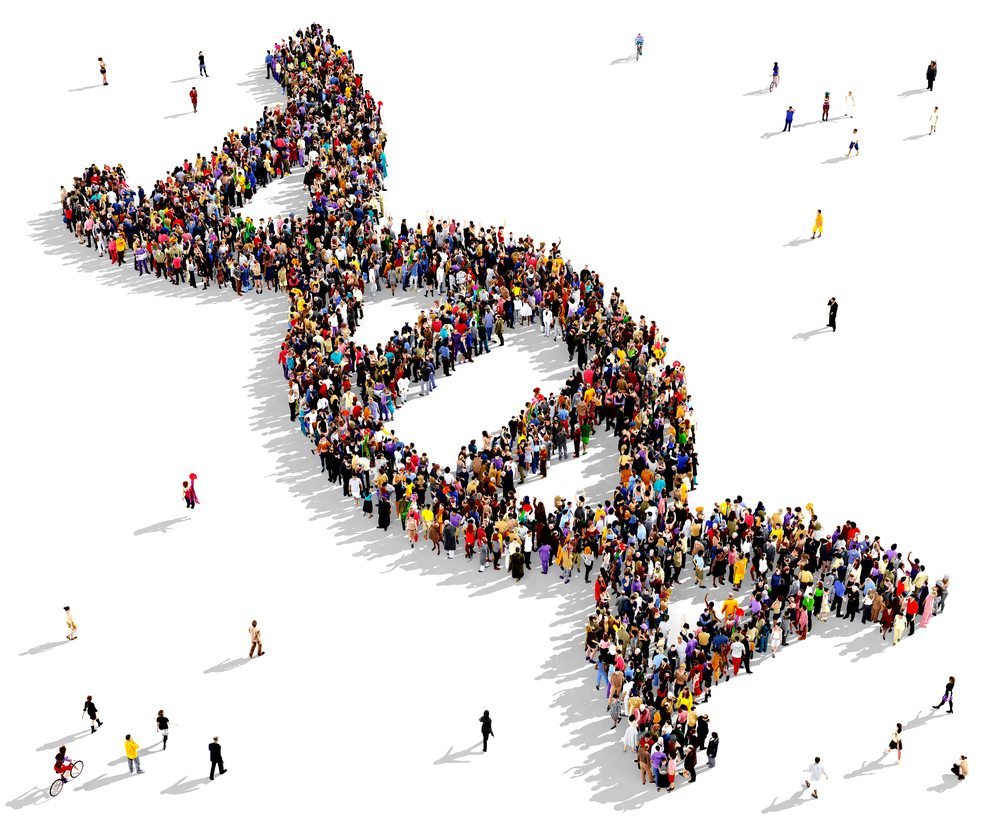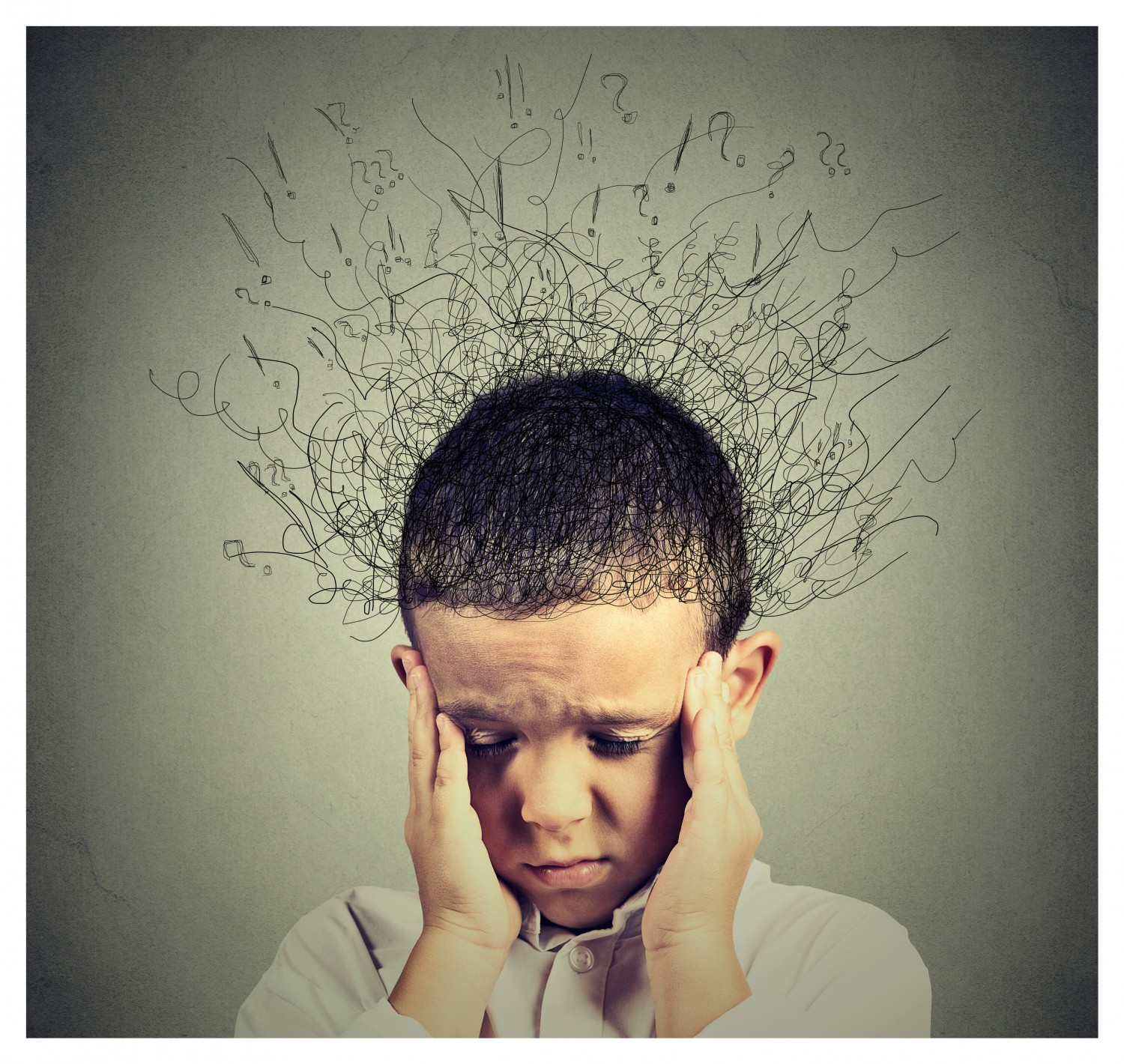
Migraine is a genetic neurological disorder that includes severe throbbing/pulsating pain, usually on one side of the head. It is often accompanied by nausea, vomiting, dizziness, and extreme sensitivity to light, sound, touch and smell. Warning symptoms, or aura may occur before or during migraine. The symptoms include light flashes, blind spots, or tingling on one side of the face, or one side of body.
There are four distinct phases of migraine; prodrome, aura, headache pain and postdrome. According to WHO, the pain phase of a migraine can be as disabling as quadriplegia. Movements exacerbates the pain that moving an inch in bed, getting up to go to the bathroom or to get medication can be too painful to bear.
Here are some facts pertaining migraine:
1. Migraine is the 3rd most common disease in the world
This disorder affects 1 billion people worldwide, which is 14.7% of the world’s population, or 1 in 7 seven people. Of which, only 2% of the world population suffer from chronic migraine; at least 15 days per month over a 3-month period.
2. Migraines are hereditary

Almost 90% of migraine sufferers have a family history of migraine. If one parent has migraine, there’s a 50% chance their child will have migraine too. The risk increases to 75% if both parents have migraine.
3. Women experience migraine more than men

Three-fourth of the people suffering from migraine disorder are women. Women are three times more likely to develop migraine than men. Migraines tend to affect boys more than girls during childhood, but during adolescence and puberty, more girls are at risk of migraine.
The severity and frequency of attacks often result from the fluctuations in the oestrogen levels. Therefore, some women will have headaches immediately before or during theirshortly after onset of menstruation.
4. Migraine affects kids, too

Migraine is not just a problem for adults - about 10% of school-going children suffer from migraine. Half of all migraine sufferers have their first attack before age 12 years. Migraine has also been reported in children as young as 18 months!
According to the documentary Out of My Head (2018), migraine is the 3rd most common reason for a child to visit the emergency room. Migraine symptoms in kids are almost similar to adults, except that child migraine often occur suddenly and shorter in duration.
5. Migraine may have inspired parts of Alice in Wonderland

In the famous children's book, Alice drinks a liquid that makes her grow bigger in size and eats a cookie that shrinks her to tiny proportions. Alice in Wonderland Syndrome is a rare form of migraine aura in which the person will experience metamorphopsia (micropsia and macropsia); a distortion of body image and perspective.
References:
- Migraine facts | Migraine Research Foundation
- Migraine | Mayo Clinic
- Migraine phases | Migraine.com
Image credit:
- https://cdn.pixabay.com/photo/2017/08/30/09/11/woman-2696408__340.jpg
- https://migrainecenters.com/wp-content/uploads/2015/04/shutterstock_245469079.jpg
- https://migraineresearchfoundation.org/wp-content/uploads/2015/12/Women-suffer-from-migraine-3x-as-often-as-men.-300x251.jpg
- https://americanmigrainefoundation.org/wp-content/uploads/2017/03/boy.jpg
- https://cdn.pixabay.com/photo/2012/04/12/19/37/alice-in-wonderland-30327__340.png








